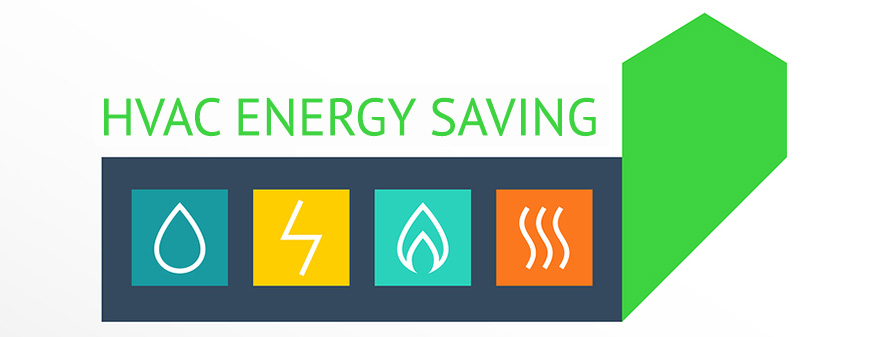HVAC Energy Saver
Heating, ventilation, and air conditioning is the technology of indoor and vehicular environmental comfort. Its goal is to provide thermal comfort and acceptable indoor air quality. HVAC system design is a subdiscipline of mechanical engineering, based on the principles of thermodynamics, fluid mechanics and heat transfer. “Refrigeration” is sometimes added to the field’s abbreviation, as HVAC&R or HVACR or “ventilation” is dropped, as in HACR (as in the designation of HACR-rated circuit breakers).
HVAC is an important part of residential structures such as single family homes, apartment buildings, hotels and senior living facilities, medium to large industrial and office buildings such as skyscrapers and hospitals, vehicles such as cars, trains, airplanes, ships and submarines, and in marine environments, where safe and healthy building conditions are regulated with respect to temperature and humidity, using fresh air from outdoors.
Ventilating or ventilation (the V in HVAC) is the process of exchanging or replacing air in any space to provide high indoor air quality which involves temperature control, oxygen replenishment, and removal of moisture, odors, smoke, heat, dust, airborne bacteria, carbon dioxide, and other gases. Ventilation removes unpleasant smells and excessive moisture, introduces outside air, keeps interior building air circulating, and prevents stagnation of the interior air.
Ventilation includes both the exchange of air to the outside as well as circulation of air within the building. It is one of the most important factors for maintaining acceptable indoor air quality in buildings. Methods for ventilating a building may be divided into mechanical/forced and natural types.
ENERGY CONSERVATION STRATEGIES FOR HVAC SYSTEMS
Heating ventilation and airconditioning systems consumes nearly 50 to 60% of the total power consumption in any building and thus, offers huge potential and challenge to reduce the energy consumption by employing various innovative systems designs. No-cost measures for reducing the energy bills. For airconditioning systems, the measures include selecting the right temperature [no overcooling or overheating], minimizing the space for airconditioning and closing of dampers / grills for areas where airconditioning is not required.

![img] img]](https://www.sanjitcorporation.in/wp-content/uploads/elementor/thumbs/img-oq2nmhyp5300z95mva714xzl2x25ekffpymjceczwk.jpg)